Heading out on the water can be one of the most relaxing ways to spend time with family and friends. But getting your craft in and out of the water can be incredibly stressful—if not downright embarrassing—for newbies and seasoned boaters alike. A good place to start is to simply ensure you’re following some basic launch ramp rules of etiquette. That will go a long way to ingratiate yourself with other boaters and make you look like a pro.
STEP 1: FUEL CHECK
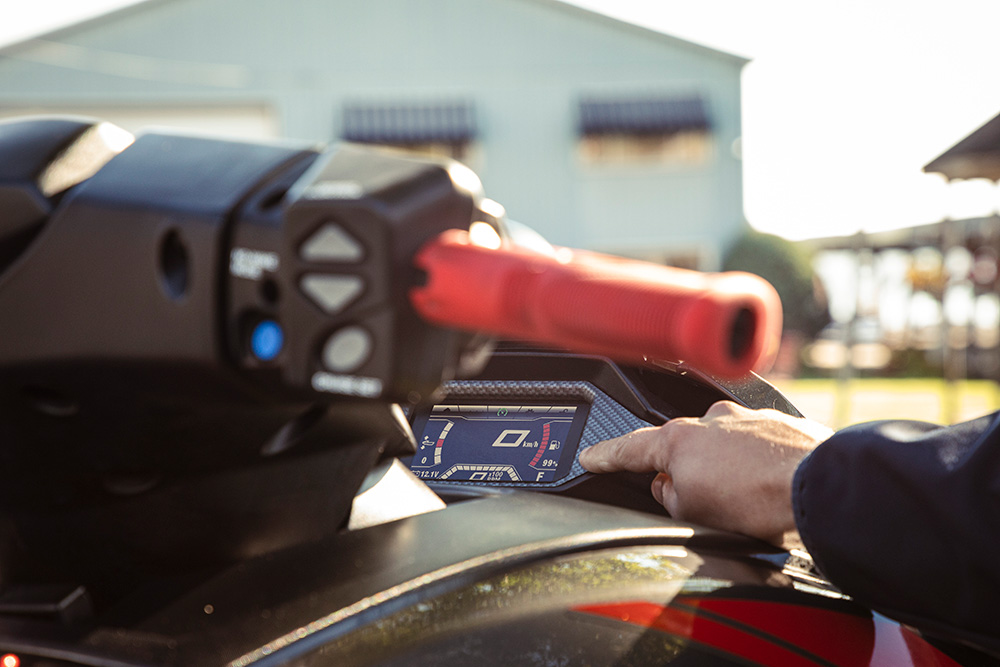
First and foremost, before heading out on the water, double check that your fuel tank is full. If you need to top up, find out where the closest place to fuel is on the water—you may need to hop back on the road to find a gas station.
STEP 2: STAGING AREA
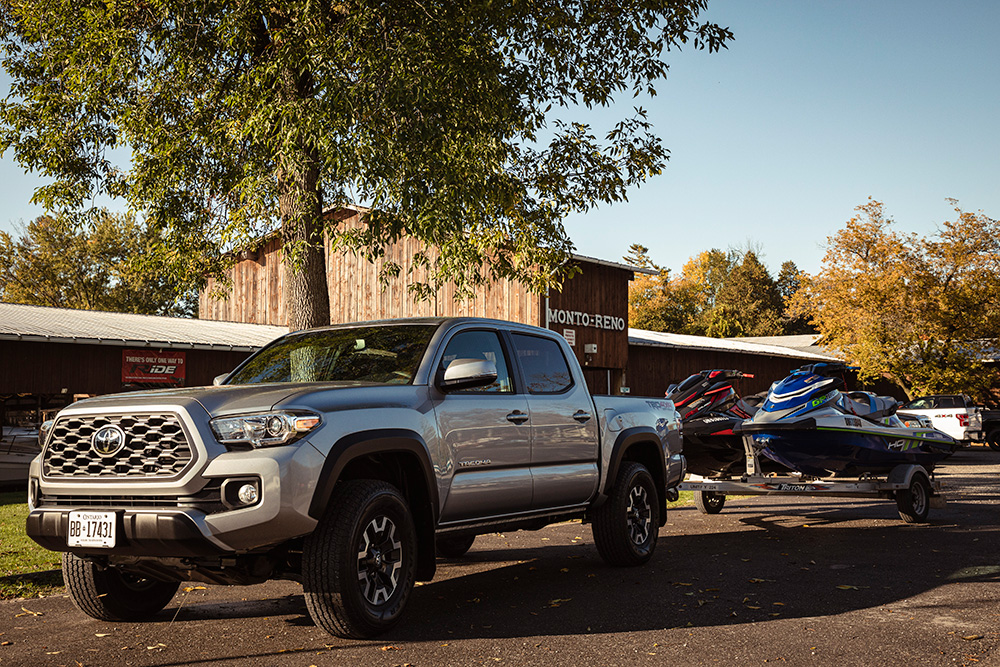
DO NOT back your boat into the ramp when you first arrive, even if no one is there. If you’re at an unfamiliar ramp, park your vehicle and trailer and go check out the location. Getting a quick look at the incline, space and any other factors that may come into play will better prepare you for launch.
Now it’s time to head back to your vehicle and prep your boat or personal watercraft (PWC). This includes removing your cover(s), loading any necessities for the day and checking you have all the required safety equipment, as well as fenders and dock lines. Locate your lanyard, make sure it’s attached to your key, and put in place. Don’t forget to double (and maybe even triple!) check that your plug is also secured.
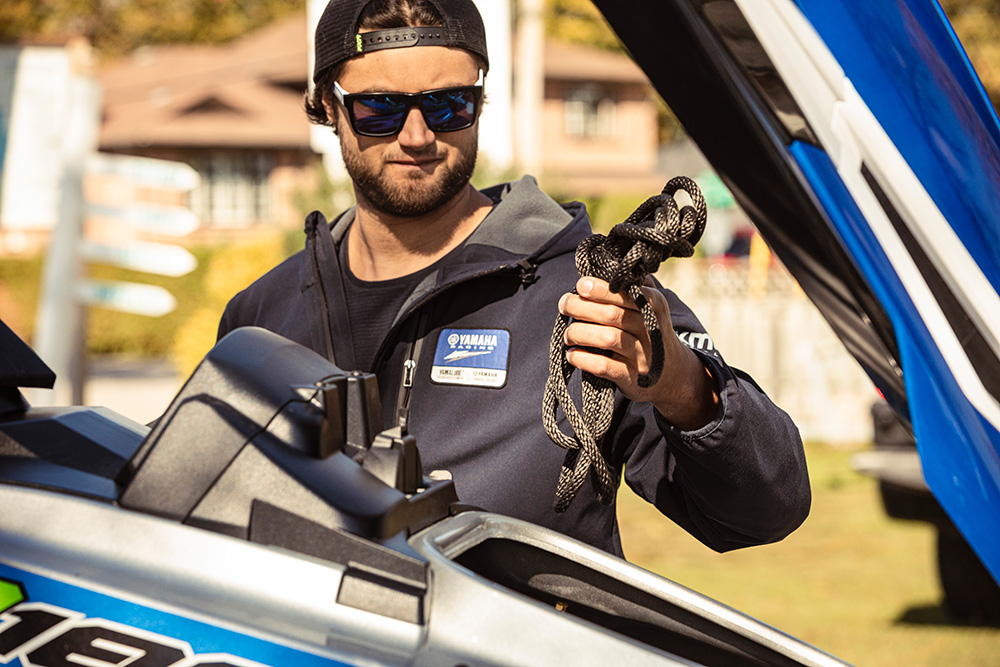
Now that your boat is ready to float, you’re ready for the ramp.
STEP 3: LAUNCHING
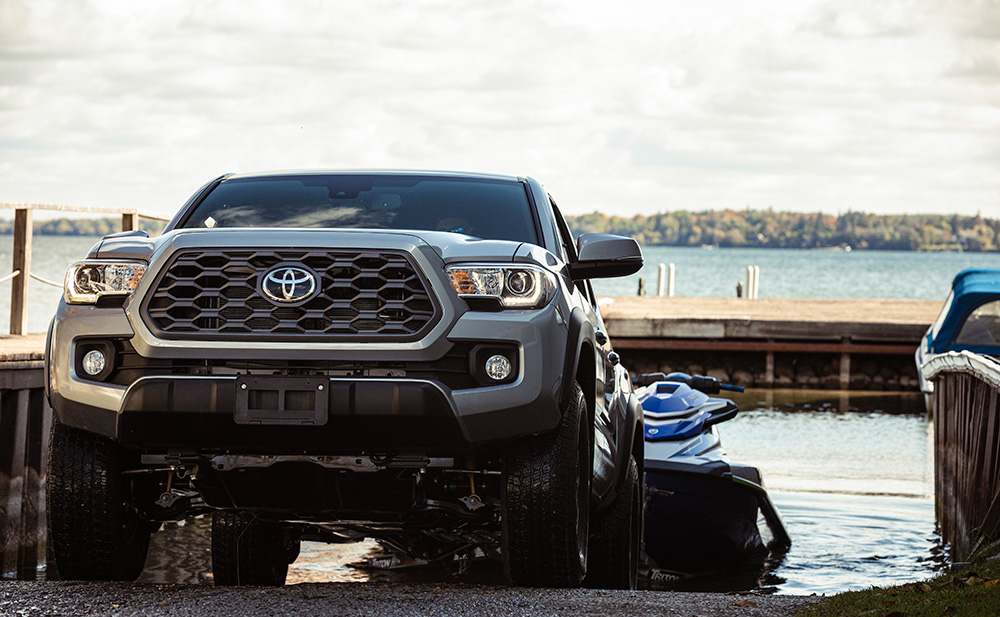
A general rule of thumb for how far to back your trailer into the water is to get your trailer fenders barely submerged. Once you’re in, put the truck in park and make sure to engage the emergency brake. Now your riding mate can get on board. Once you remove the bow strap, the watercraft can be started, backed off the trailer and moved to the courtesy dock, preferably where you will not be hindering others from using the ramp.
Park your truck and empty trailer, then return to the ramp to get on board. It’s time to head out for your day of fun on the water!
STEP 4: RETRIEVING
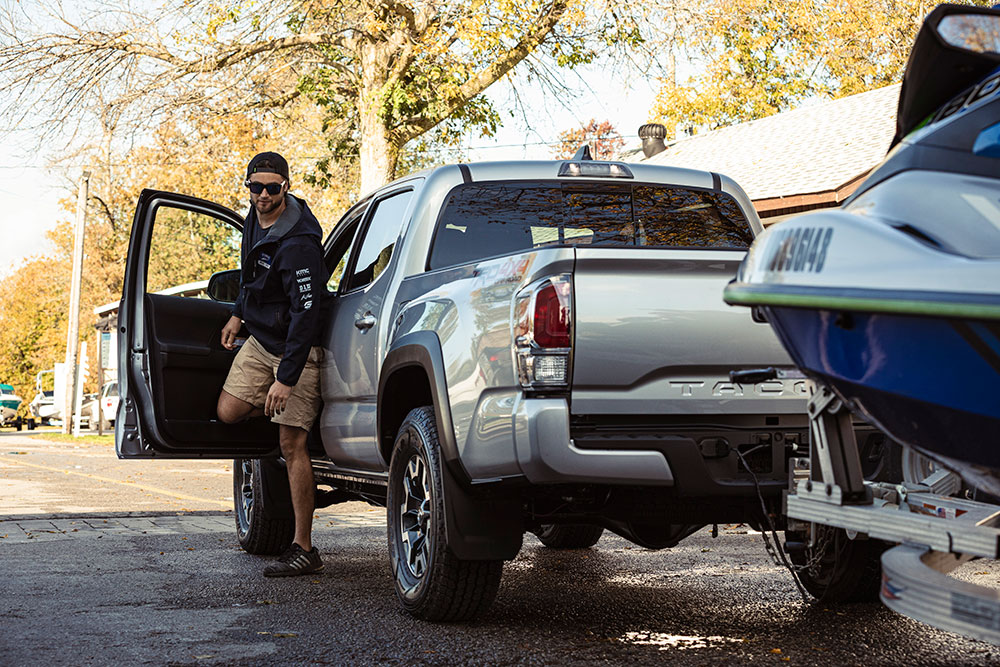
Use the same procedure for retrieving your watercraft as you did for launch—just in reverse. When you approach the dock, find a place to tie up your boat and quickly retrieve your truck. Sometimes, leaving the tailgate open provides better visibility when your trailer is empty, but be sure to check clearance between your tailgate and trailer tongue before trying this yourself.
Quickly centre your boat and drive it onto the trailer. You can now tow it out and leave the space for others. Remember to hitch the bow strap before pulling out of the water in order to avoid the possibility of the boat slipping off the trailer as you pull it up the ramp.
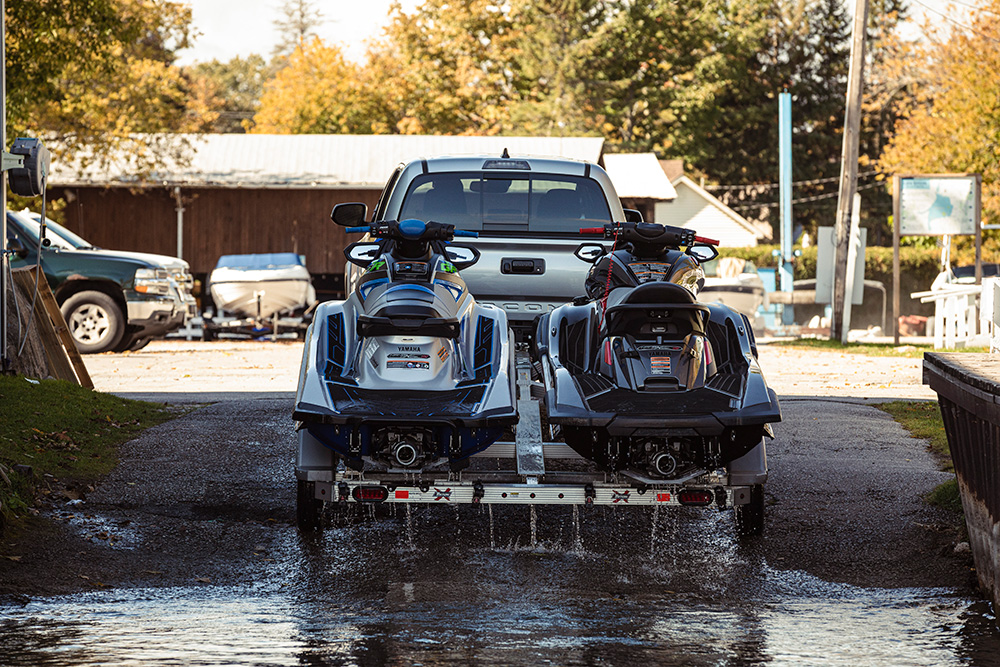
Once back in the staging area or parking lot, tie down your transom straps. Remove lines and fenders and any personal belongings, and prepare for trailering: drain, remove ignition key or lanyard, and put on your cover(s).
STEP 5: TRAILER CHECK

Finally, although your trailer has likely not been sitting for too long, it’s always good practice to perform a circle check to ensure all is well before you head out on the road. Check your lights, tires, straps and hitch.
When at the launch ramp, remember to be mindful of others who are patiently waiting to get in or out of the water. And although it’s important and helpful to be quick and confident with the process, it’s also okay to reset and try again if you don’t line up quite right the first time. And sometimes you just need to ask for help if you need it. Boaters wave at each other on the water—and we can be friendly at the ramp, too!


 All Yamaha News
All Yamaha News